
9 Dec, 2022
How a Pattaya transgender show promotes unity, diversity and humanity
Pattaya, Thailand — Transgender shows are must-visit attractions in the Thai beach resort of Pattaya. Decked in glittering costumes, the heavily made-up performers lip-sync their way through a repertoire of popular songs. It may come across as superficial, dumbed-down entertainment, but one transgender show has elevated the content with a message of socio-cultural harmony which advances many of the UN Sustainable Development Goals far better than formal diplomatic and economic summits.
First opened in June 2013, the Colosseum Pattaya is one of three transgender shows in the resort. Built at a cost of 400 million baht, the show reopened in early December 2022 after an extended Covid-19 crisis shutdown. Chairman and Managing Director Pradit Khonjaem, who began his business career as operator of ferry services to the island of Koh Larn, invested another 100 million baht to add spectacular high-tech backdrops, upgraded props and luminescent costumes.
In designing the new avatar, Show Director Sakgawin Siriwattanakula (pronounced: Sak-ka-win Siri-wattana-kun) amalgamated market demand, customer psychographics and just plain common-sense pursuit of Unity in Diversity (the slogan of the Association of Southeast Asian Nations, ASEAN) to compile a medley of 15 popular songs of about 3.5 minutes duration each.
The content was well researched and rigorously debated. Mr Sakgawin, who holds a Ph.D. in music and dance from Chulalongkorn University’s prestigious Department of Fine and Applied Arts, understands well the historic and cultural context of dance, its role in story-telling as well as the commercial priorities of running a business. Recognising that Thai traditional dance performances have a limited audience, he targetted the Asia Pacific region, especially the ASEAN countries in Thailand’s immediate neighbourhood.


The Colosseum theatre facade itself represents the power of the Roman Empire, with statues of gladiators and other figures symbolising the fight for survival and the quest for power and glory. A row of national flags welcomes visitors right at the front entrance. The show begins with Thailand content, followed by songs from each of the ASEAN countries, and then China, India, Korea and Taiwan.
The theme song used for the ASEAN numbers was originally composed for the 2007 ASEAN Summit in Singapore. The words of unity and friendship, conveyed via the language of music, are even more relevant today as a Clash of Civilisations looms, and far more memorable than any ASEAN ministerial declaration.
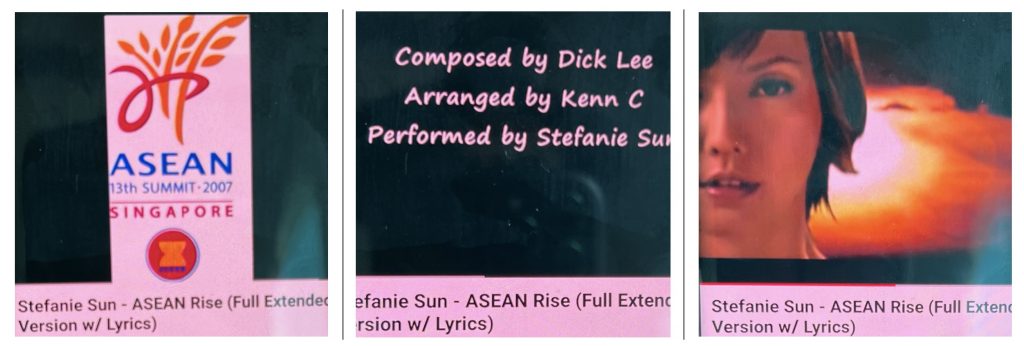
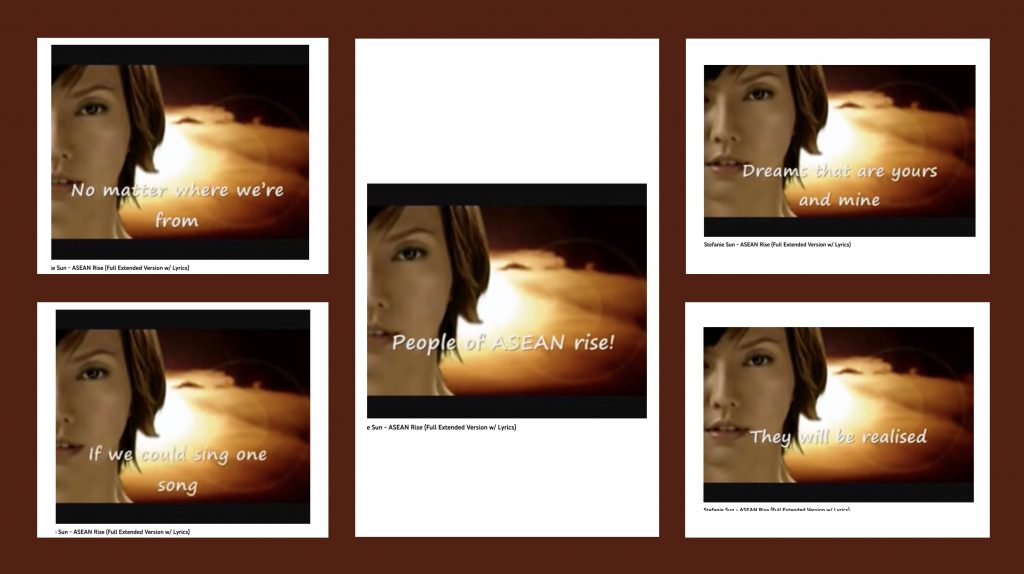
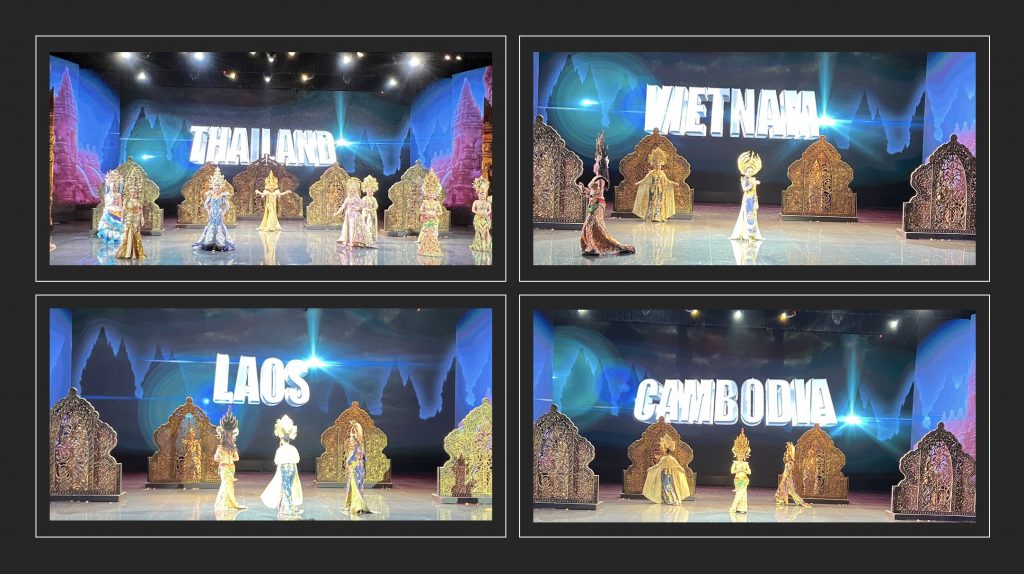

While the minutiae may be too detailed for a general audience, the key was to find a happy medium that was both entertaining and thought-provoking.
Mr Sakgawin compares Thai tourism today to a Phoenix. Because it is literally rising from the ashes, he says, it was important to do something meaningful. As technology has shortened people’s attention spans, the show had to be kept within one hour and embellished with tech-driven special effects.
The 60 performers comprise 37 transgenders and 23 males, aged from 20-40. About half hail from Northeast Thailand, once considered an economic backwater but today less so. Their monthly income ranges from the minimum daily wage paid to newcomers up to 25,000 baht for the more senior performers. However, the bulk of their income is the 100 baht patrons pay, per person, to be photographed with them after the show. This cash is divided entirely amongst the performers.
It’s contribution to poverty alleviation is significant. In addition to medical expenses needed to keep their bodies in shape, all the performers are supporting families back home. That bond works both ways, especially during bad times. When the Covid crisis forced the theatre shutdown, the performers were able to return home to live with their families until recall time.
Mr Sakgawin says the performers are retired at 45, after which they are offered jobs elsewhere in the company.
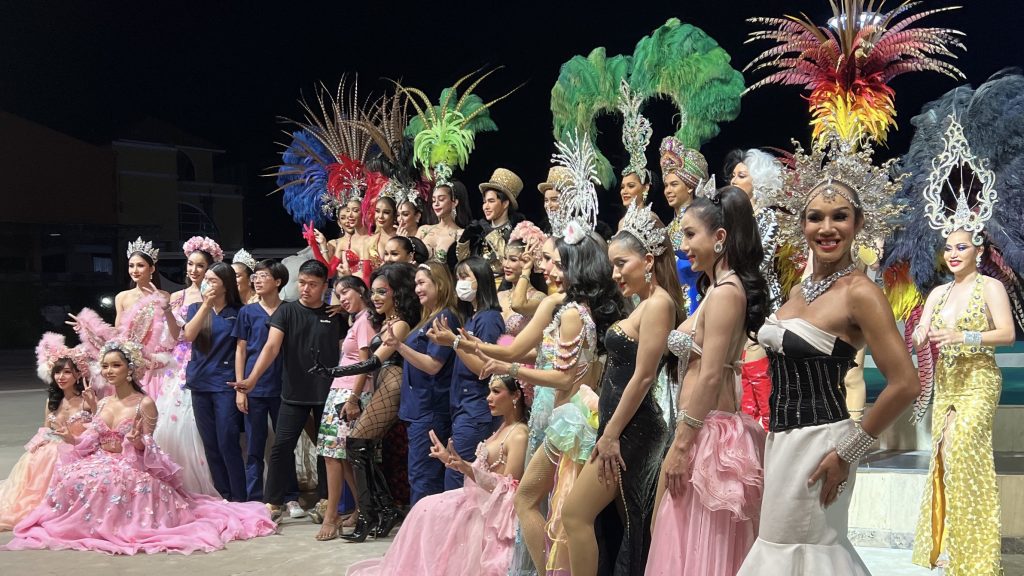
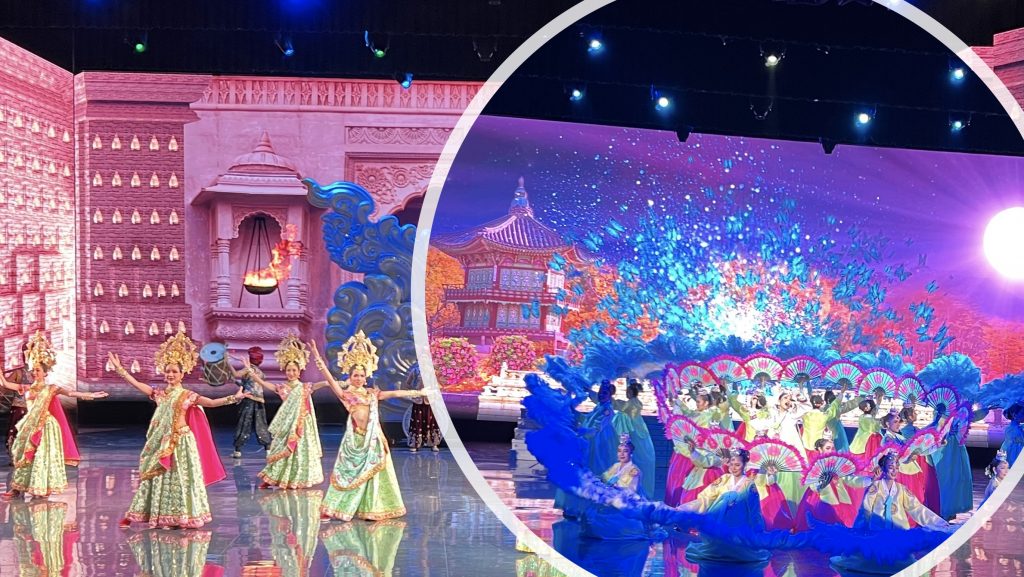
Now 39, Mr Sakgawin became fascinated with dancing as a child while watching videos at his father’s shop. He then took up dance himself, specialising in the Khon, a popular traditional Thai dance. Immediately after completing his doctorate, he saw and responded to a Colosseum ad for the position of Show Director. He was signed up in 2012 when the theatre was still under construction.
His mission, he says, is to honour the vision of the owner, Mr Pradit, who wanted to create a show that would be a real landmark for Pattaya, following in the footsteps of Tiffany, the first show, and Alcazar.
Without explicitly saying so, The Colosseum Show Pattaya show honours the sustainability agenda. Music and Dance communicates the unity of humanity, and forges bonds of peace and harmony between societies and cultures. It also addresses racism and sexual discrimination, especially against transgenders, which exists in many societies and countries.
Like any work of art in a museum, its core messages will be appreciated by those inclined to take a deeper look. The Colosseum leaves it to the audience to think for themselves.



Liked this article? Share it!